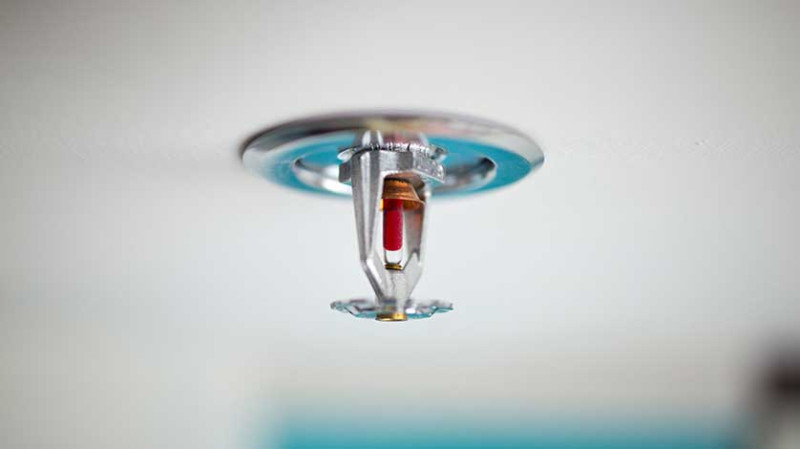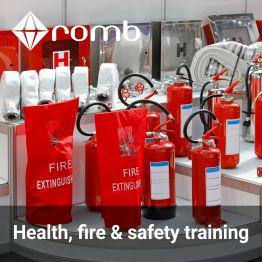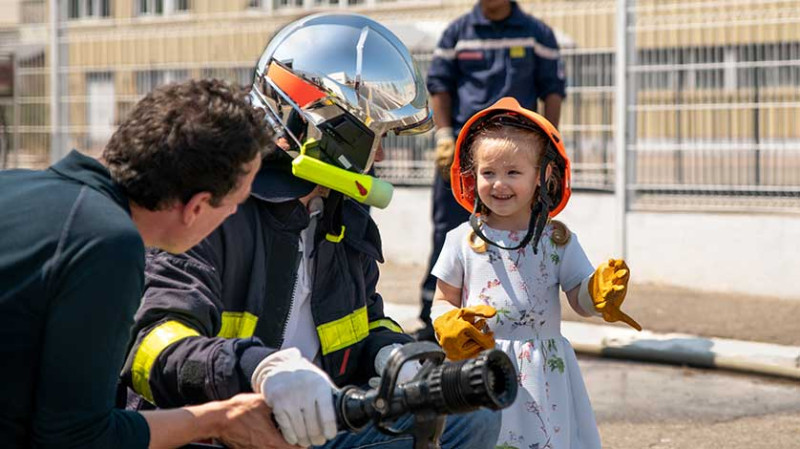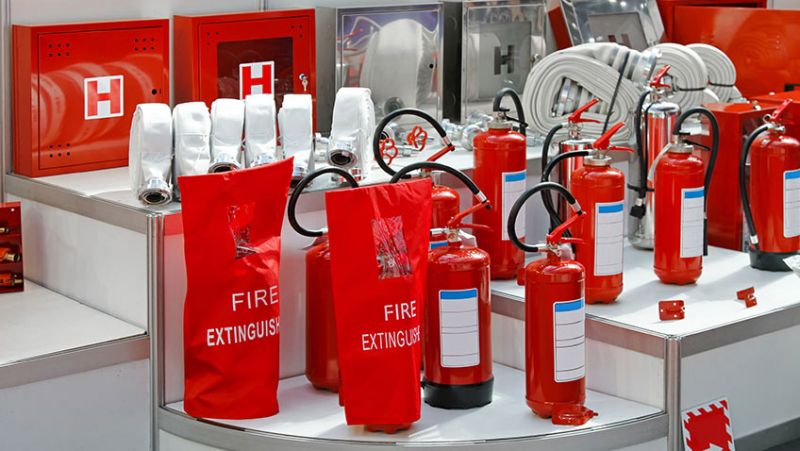
When it comes to protecting both residential and commercial properties in the UK, a fire sprinkler system is one of the most effective tools available. These systems are designed to automatically detect and suppress fires before they spread, potentially saving lives, protecting valuable assets, and minimising property damage.
Whether you’re a DIY enthusiast upgrading your home, a young professional investing in property renovation, or a skilled tradesperson working on high-spec design projects, understanding how fire sprinkler systems work — and why they are essential — is crucial.
What Is a Fire Sprinkler System?
A fire sprinkler system is an active fire protection method that consists of a water supply system, providing adequate pressure and flow rate to a water distribution piping system. This system contains sprinkler heads spaced across ceilings or walls to automatically activate when they detect high levels of heat from a fire.
The basic design of a sprinkler includes a heat-sensitive element, usually a glass bulb or a fusible link, which bursts at a predetermined temperature. Once triggered, water flows through the open sprinkler head, targeting the fire zone directly with a concentrated spray.
In modern buildings, especially under current UK Building Regulations and BS 9251 standards, fire sprinklers are increasingly being specified by architects, interior designers, and safety consultants as part of comprehensive fire safety planning — and for good reason.
Not only can these systems save lives, but they’re also proven to reduce fire-related damage by up to 90%. This makes them a vital investment, especially in high-value or high-occupancy buildings across urban and residential settings in the UK.
Main Types of Fire Sprinkler Systems
There are several types of fire sprinkler systems, each suited to different environments. Understanding which one is appropriate for your project or property will help you make informed decisions during planning or retrofitting stages.
| System Type | Description | Common Use |
|---|---|---|
| Wet Pipe | Most common type. Pipes are always filled with water, released when sprinkler head activates. | Residential properties, offices, retail stores |
| Dry Pipe | Pipes filled with pressurised air. Water released after air is expelled upon activation. | Unheated areas like garages, lofts, warehouses |
| Pre-Action | Water only enters pipes when fire is confirmed. Offers second layer of control. | Data centres, museums, libraries |
| Deluge | All sprinkler heads open; water released simultaneously (manually or automatically triggered). | High-hazard industrial zones, power plants |
For most UK home renovations or new-builds, a wet pipe system is typically adequate and preferred due to its simplicity and reliability. Dry pipe systems are more common in colder areas where risk of frozen pipes is higher.
How Fire Sprinklers Work During a Fire
Contrary to Hollywood portrayals, not all sprinkler heads go off when a fire occurs. Only the sprinklers exposed to high heat (typically around 68°C or 155°F) will activate, helping to control the fire where it starts without drenching the rest of the property unnecessarily.
Once triggered, water is released in a fine spray designed to cool the heat, reduce the oxygen supply to the fire, and prevent it from spreading. Fire sprinkler systems often contain a fire quicker than the fire brigade could, especially crucial during nighttime fires when response times may be delayed.
For residential DIYers, it is vital to understand that sprinklers are not replacements for smoke detectors — both systems work together for maximum fire protection. Smoke alarms alert people to the danger, while sprinklers take fast, direct action to stop the spread.
Regulations and Standards in the UK
In the UK, fire sprinkler installation is guided by building codes and standards to ensure effectiveness and safety. The British Standard BS 9251 (for residential and domestic properties) and BS EN 12845 (for commercial systems) outline design and installation best practices.
As of 2020, Welsh regulations require sprinklers in all new homes, with Scotland and England pushing for similar measures following Grenfell Tower. London, in particular, enforces stricter rules for multi-storey and HMO properties.
These regulations ensure professional tradespeople, like plumbers and heating engineers, are collaborating with certified fire sprinkler installers to ensure full compliance and safety verification at each stage of system installation.
Architects or interior designers planning large-scale renovation projects must account for these regulations early in their design process — especially when structural modifications are being made that impact fire escapes or room layouts.
Installation Considerations
It's entirely possible to integrate fire sprinklers into new builds as well as retrofits — though key considerations need to be addressed. This includes ensuring adequate water supply pressure, pipe routing, and aesthetic integration with ceiling finishes.
For residential properties, many systems now use CPVC (chlorinated polyvinyl chloride) piping which is cost-effective, easy to install, and visually unobtrusive. Concealed sprinkler heads are popular among designers as they remain hidden until activated, preserving the aesthetic of modern and traditional interiors alike.
DIYers or renovation-savvy homeowners are encouraged to consult fire protection engineers or certified installers to perform hydraulic calculations and pressure testing. While basic maintenance might be handled independently, system design and installation should always be left to accredited professionals to meet legal and safety requirements.
Benefits of Installing a Sprinkler System
There are numerous compelling reasons to install a fire sprinkler system — from life-saving functionality to long-term cost savings. Beyond protection and peace of mind, many insurance providers offer reduced premiums for properties equipped with certified systems.
Homeowners also benefit from future-proofing their properties, as local authorities and housing developers increasingly require fire suppression systems in multi-residential and mixed-use developments.
Sprinklers can also add value to a property, appealing to safety-conscious buyers and landlords who must meet changing legislation and tenant expectations. Professionals working in property design, renovation, or letting markets should view fire sprinkler systems as a necessary feature for competitive listings.
Maintenance and Testing
Like all critical safety systems, fire sprinkler systems must be regularly tested and maintained. In domestic settings, this involves checking for visible signs of corrosion, verifying water pressure, and ensuring valves are free from obstruction and tampering.
Most professionals recommend an annual inspection by a certified engineer, alongside weekly or monthly visual checks by the property owner or maintenance staff. Public or commercial buildings typically require more frequent inspections per BS EN standards.
One common maintenance challenge is interfering with system heads during interior renovations. DIYers should plan ceiling painting, lighting installs, or plastering works carefully to avoid accidental damage to sprinkler heads or pipework.
Conclusion
Fire sprinkler systems represent one of the most reliable and underestimated tools in modern fire safety. Whether you’re a homeowner planning a loft conversion, an architect designing a sustainable property, or a tradesperson working on a high-risk building, integrating a comprehensive sprinkler solution should be part of your fire prevention plan.
In the UK’s evolving landscape of fire legislation and heightened public awareness, the presence of a well-designed and properly maintained fire sprinkler system is no longer a luxury — it’s rapidly becoming a necessity.
If you’re embarking on your next home makeover or building project, now is the time to consider how installing a sprinkler system could help safeguard your work, assets, and most importantly, lives.




